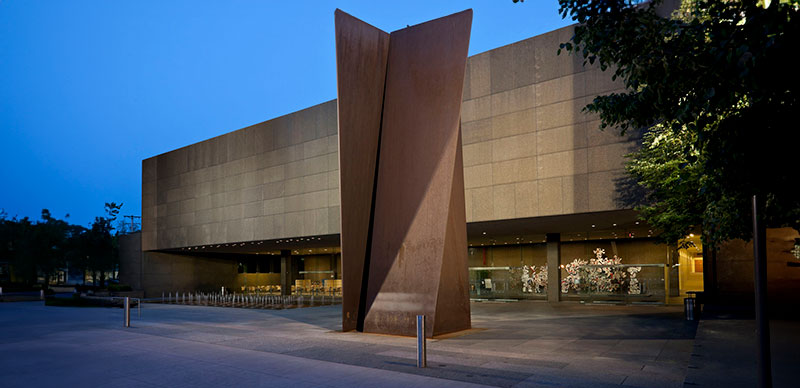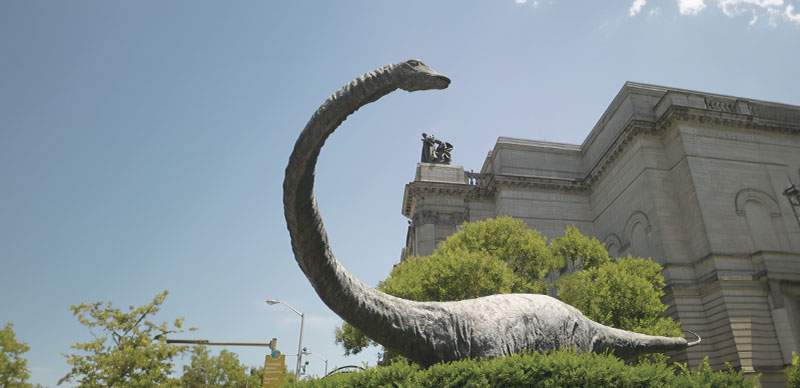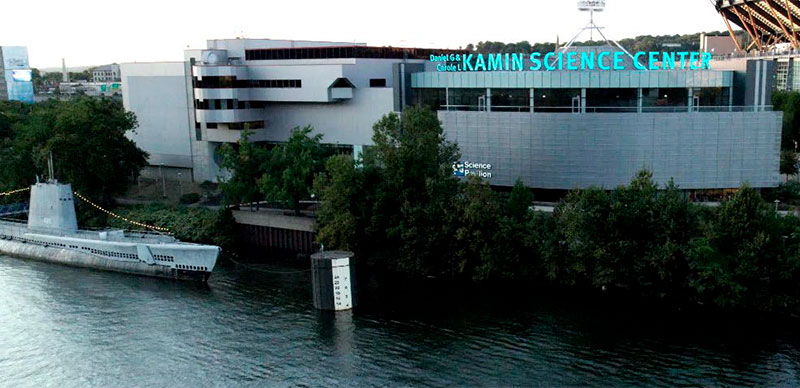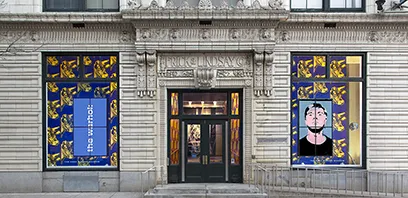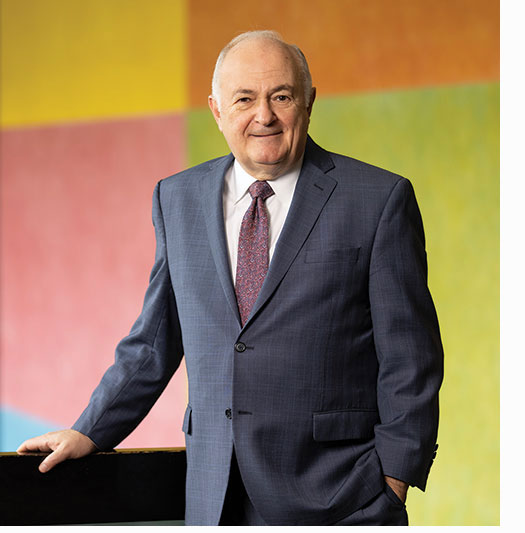
Photo: Joshua Franzos
In May 20, I had the pleasure of joining my colleagues at The Andy Warhol Museum to announce the museum’s expansive vision for its North Shore neighborhood. This $60-million initiative aims to turn a relatively neglected six-block area into The Pop District, a thriving hub of cultural engagement and creative workforce training, with The Warhol as its anchor and its inspiration. You’ll read more about it in this edition of Carnegie magazine.
What may have come as a surprise was not that The Warhol is participating in such an initiative but that, with the indispensable help from local foundations, the museum is actually leading it.
Now more than ever, we at Carnegie Museums recognize the power and responsibility of our museums to bring positive change to the communities we serve. And that responsibility doesn’t end at our museum walls; it just begins there.
If you were to ask me what inspires me most about the direction of our family of museums, it is this opportunity to think beyond the traditional definition of “museum” and to form partnerships that enliven our neighborhoods and enrich the lives of our neighbors. That’s what’s happening in The Pop District, where a new music venue and outdoor art installations will animate the neighborhood day and night; where art studios will invite people of all ages to explore and expand their creativity; and where a unique workforce development program is already creating real jobs for local young people.
Now more than ever, we at Carnegie Museums recognize the power and responsibility of our museums to bring positive change to the communities we serve. And that responsibility doesn’t end at our museum walls; it just begins there.
That’s also what’s happening at Carnegie Science Center, where we take seriously our place along the Ohio River and our role in developing Pittsburgh’s riverfronts, connecting its walking trails, and partnering with North Side businesses and schools. It’s what continues to happen at Powdermill Nature Reserve, Carnegie Museum of Natural History’s environmental research center in the Laurel Highlands, which is featured on the cover of this issue. While stewarding 2,200 acres of Pennsylvania forest and meadows, Powdermill invites scientists from around the world, research partners from the region’s universities, and conservation agencies to collaborate on projects linked to the rich biodiversity of the Laurel Highlands.
Finally, that’s what’s happening at the 58th Carnegie International. While the charter of the International has always been to bring the contemporary art world to Pittsburgh, the International’s curators and artists are also focused this year on making Pittsburgh itself an essential part of the exhibition’s narrative. You will hear more about that as the September opening approaches.
Genius loci—the spirit of the place—is an ancient Roman concept with parallels in many other traditions, such as the Chenghuangshen or city god of ancient China, or the spirits inhabiting sacred spaces in many Indigenous cultures. What better mission for Carnegie Museums than to give the spirits of Pittsburgh neighborhoods an opportunity to thrive, grow, and embrace the world beyond their boundaries, as we at the four Carnegie Museums engage the world beyond our walls?
Steven Knapp
President and Chief Executive Officer,
Carnegie Museums of Pittsburgh
